The makeshift camp rang with the sounds of merrymaking, as the burgeoning heat of the late-summer morning began to slow weary feet and turn thoughts toward food and mead. King Harald Hardrada – him that they call the ‘hard-ruler’ – was in a generous mood, having conquered the entire Kingdom of England after fighting but a single skirmish. He had permitted many of his harthwerod to leave their heavy chainmail armor back at his new capital of Jorvik – why bother exhausting ourselves in the summer sun, when the nearest Saxon-at-arms is in Lundenwic? This was merely a leisurely stroll to the bridge at Stamford, to collect the hostages owed him by the grovelling Northumbrian nobles.
Tostig, the Saxon upstart’s half-brother, slugged down his third horn of mead. When the time came to deal with Harold Godwinson – blubbering on the south coast and jumping at Norman ghosts, thought Harald – he might even spare him and let him take vassalage of his southern lands. In return for a hefty Danegeld, of course. But for now, all Harald had to do was to collect some tribute, and enjoy the hazy summer heat of this soft new addition to his empire. ‘Harald the Magnificent, King of the Angles and Saxons, Norwegians and Danes’. He liked the sound of that.
He raised his mead horn to his brave warriors, provoking a great cheer from his Norse band, but as he drank, he paused for a moment, mid-swig. Was that… hoofbeats on the wind? Don’t be ridiculous, Harald. You’re getting old and twitchy. This Saxon cowardice must be catching. More mead! Skaal!
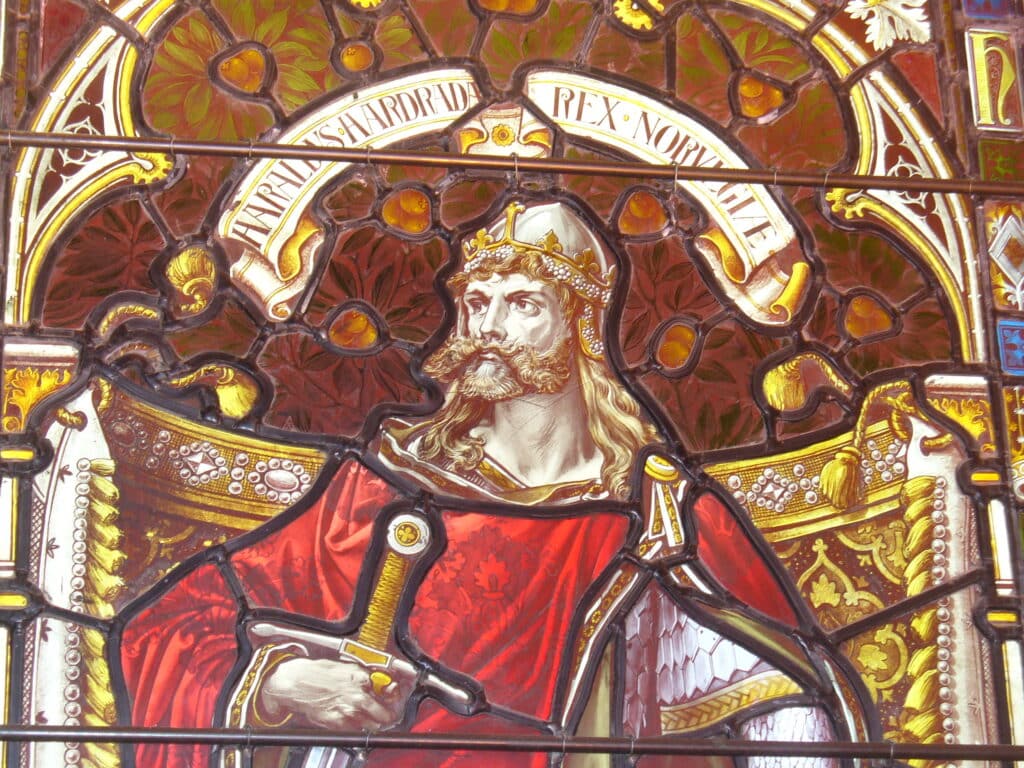
But by nightfall, thousands of fierce Viking warriors lay dead upon the blood-soaked crossing at Stamford Bridge. Harald Hardrada, the ‘Hard-Ruler’ of world-spanning fame from Byzantium to Scandinavia, met his grisly end amidst the carnage. He had been caught completely unawares – the ‘Saxon upstart’ Harold Godwinson had pulled off one of the most spectacular maneuvers in Early Medieval history, marching the entire length of his kingdom to catch the Viking invaders utterly unprepared at Stamford Bridge. Where Harald expected to meet quiescent Northumbrian nobles offering hostages, he instead met ten thousand battle-hardened Anglo-Saxon warriors – exhausted from a near-impossible forced march, but determined to defend their land to the last.
Hardrada’s landing on the coast of Northern England was the last Viking invasion, and his defeat at the hands of the Anglo-Saxons has been traditionally given by historians as the end of the Viking Age itself: a great final folly to end the tradition of raiding, pillaging and conquest that was turning more and more towards dynastic politics and colonization. To understand the last Viking invasion, we have to dive into the end of the Anglo-Saxon age: when a political system that had lasted for three centuries failed, falling prey to circling vultures in Scandinavia and Normandy. And we shall see why the future of England was Norman, and not Viking.
The Vikings in England
The Viking invasion of England in late summer 1066 CE was by no means the first. Anglo-Saxon England had been shaped by its interaction with their Norse cousins over the preceding two centuries.
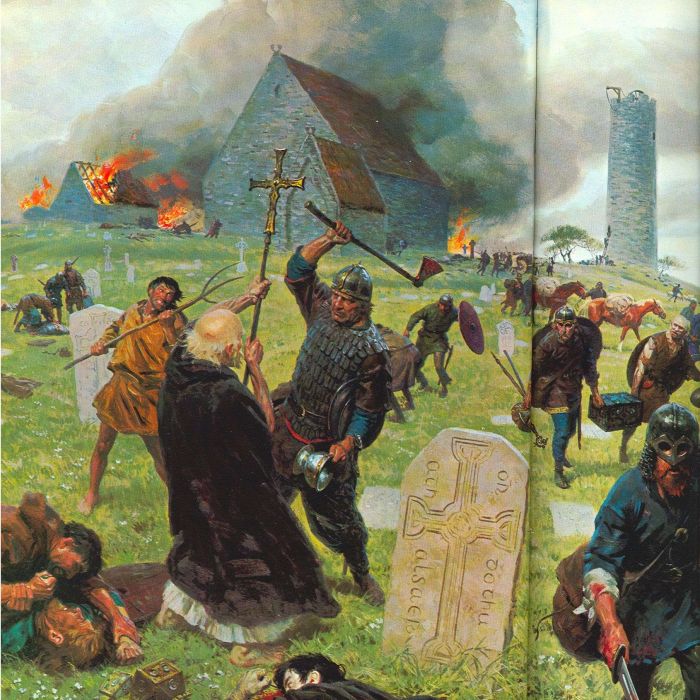
The Viking Age in England began in the late 8th century CE, when Viking parties began conducting raids on the poorly defended coastal towns of England. Monasteries made a particularly tempting target, consisting of wealthy and peaceable monastic communities – Viking raiders infamously sacked the ancient monastery on Lindisfarne in 793 CE. In the second half of the 9th century, Norse interests seem to have shifted toward more permanent acquisitions on the island: in 865 CE, a large Viking force known as the ‘Great Heathen Army’ landed in East Anglia, capturing the post-Roman trading town of Eoforwic, re-naming it Jorvik – the modern city of York.
The permanent arrival of the Vikings on the island spurred change within the Anglo-Saxon kingdoms as well. King Alfred of Wessex (known in later years as Alfred the Great) developed a new military system to fight the Vikings. Where before, Vikings could easily conduct raids and leave with goods and slaves before the sluggish levying could take place to raise a defense, Alfred developed a system of ‘burhs’, fortified towns where Anglo-Saxon lords would maintain a ‘fyrd’ of semi-permanent warrior-farmers, who were far quicker to muster, and far better at repelling invaders. This system was critical in stopping the Viking advance, and would form the backbone of Late Anglo-Saxon military infrastructure.
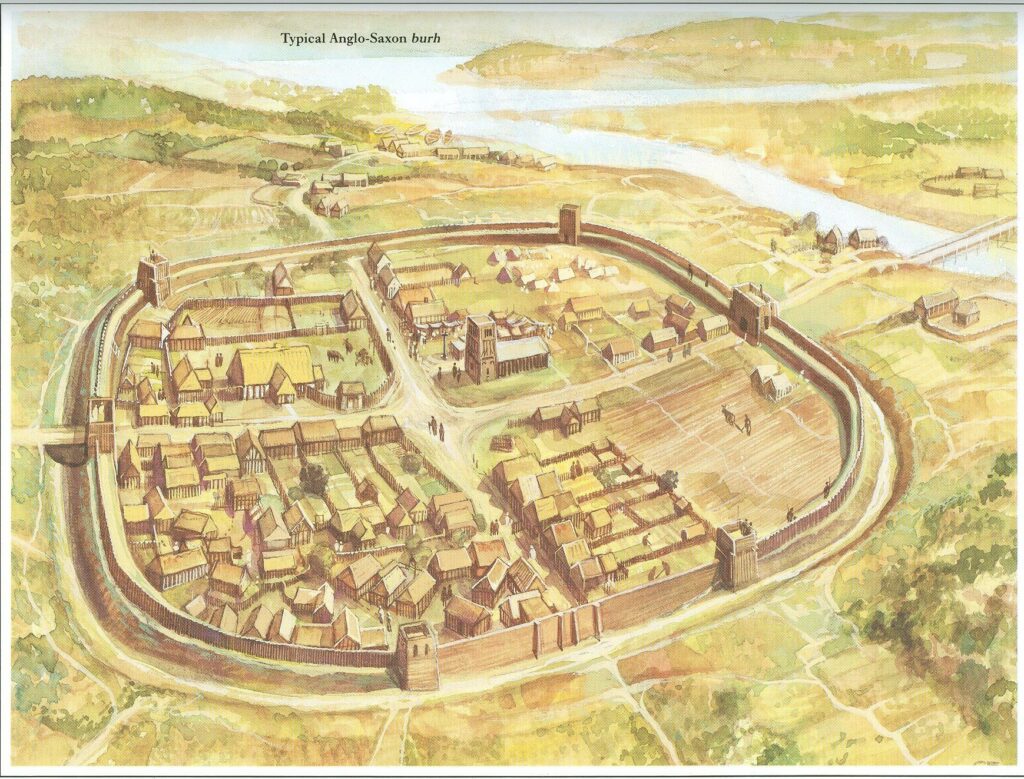
Alfred’s fyrds defeated a large part of the Great Heathen Army under their commander Gurthrum at the Battle of Edington, who accepted vassalage to Alfred and converted to Christianity, ruling East Anglia as a hybrid Norse-Anglo-Saxon culture. The other part of the Great Heathen Army settled in the North under Halfdan. Thus, the Danelaw, a sphere of Norse influence in the North and East of England, became a permanent political settlement – with Central, Southern and Western England united under King Alfred and his descendants of the House of Wessex.
The Failure of the Line of Wessex
By the end of the 10th century, this fairly stable political arrangement had fallen to pieces. Early Medieval states were highly dependent on the personal rule of individual kings for their sustainability, dispensing justice and arbitrating between competing noble interests. A succession of weak or inept rulers could have dire consequences – and that is exactly what befell the Anglo-Saxon Kingdom of England. Beginning in 975 CE, England was ruled first by several child-kings, followed by the infamous Æthelred Unræd. Whilst ‘unræd’ is often translated as ‘unready’, it actually means ‘poorly advised’ – a pun on his name, which means ‘Nobly-Advised, Poorly-Advised’. Æthelred’s 38-year rule, whilst long, is widely acknowledged as enormously weakening England: filling important positions with personal friends, promoting injustice and corruption, and undermining England’s defenses against the ever-present Norse threat.
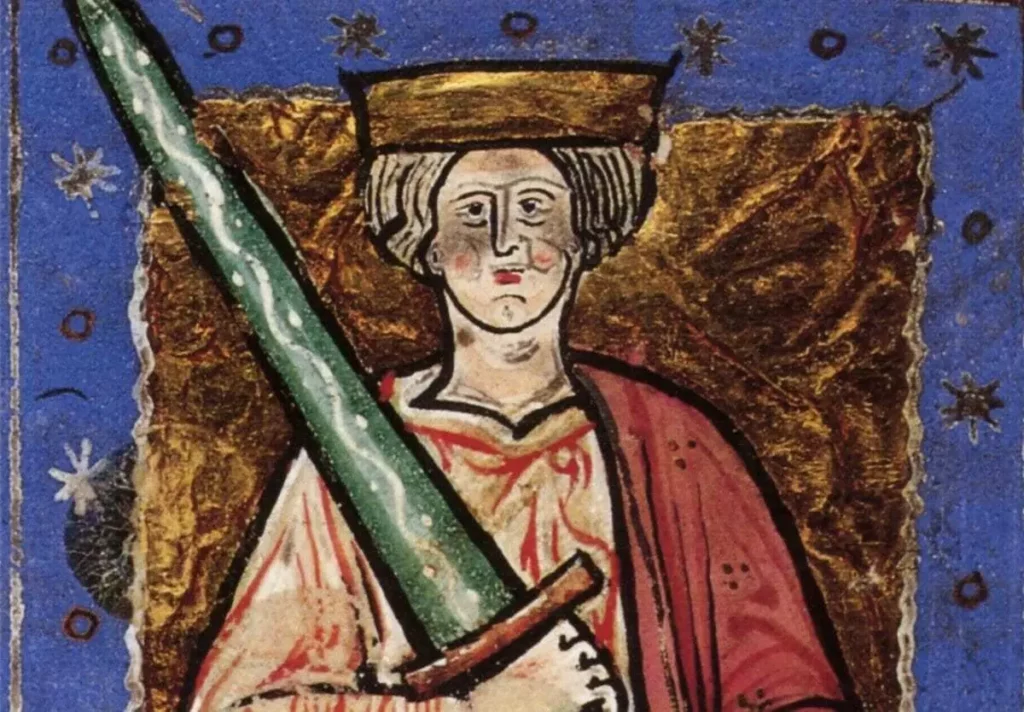
One of the worst offenses pointed to by later historians is Æthelred’s profligate use of the Danegeld. This was effectively a form of tribute, in which an Anglo-Saxon lord would give a raiding Viking army an agreed-upon quantity of silver or gold, in exchange for the promise that they would leave their lands unmolested. On the surface of it, this seems like a simple protection racket: the Danegeld is often criticised as little more than a cowardly and shameful dereliction of military duty, that would only act as a honey-trap for further Norse encroachment – an interpretation summed up by Rudyard Kipling’s poem of the same name. But history shows us that this isn’t quite the case. Often, Danegelds were used as part of a military strategy to buy time to raise adequate forces, or as a face-saving get-out-clause for Viking commanders – for example, part of Guthrum’s settlement in East Anglia as a vassal to King Alfred involved his receipt of a Danegeld.
But under the rule of Æthelred, Danegelds became a means of simply paying off invaders. By 991, Æthelred was paying a regular tribute to the Kings of Denmark. Amid a crumbling political situation, Norse warriors launched multiple expeditions deep into Anglo-Saxon territory – culminating in an enormous conquering invasion in 1013 CE under King Sweyn Forkbeard. After a messy political struggle lasting several years, with the Crown alternating between Dane and Anglo-Saxon with the changing of the wind, Æthelred finally died in 1016 CE, leaving Sweyn’s son Cnut the Great as King of the North Sea Empire – uniting the Kingdoms of Denmark, Norway and England in a sea-spanning personal union. It is from Cnut that King Harald Hardrada would inherit his claim to the throne of England, which he was to press in late summer 1066 CE in the last Viking invasion.
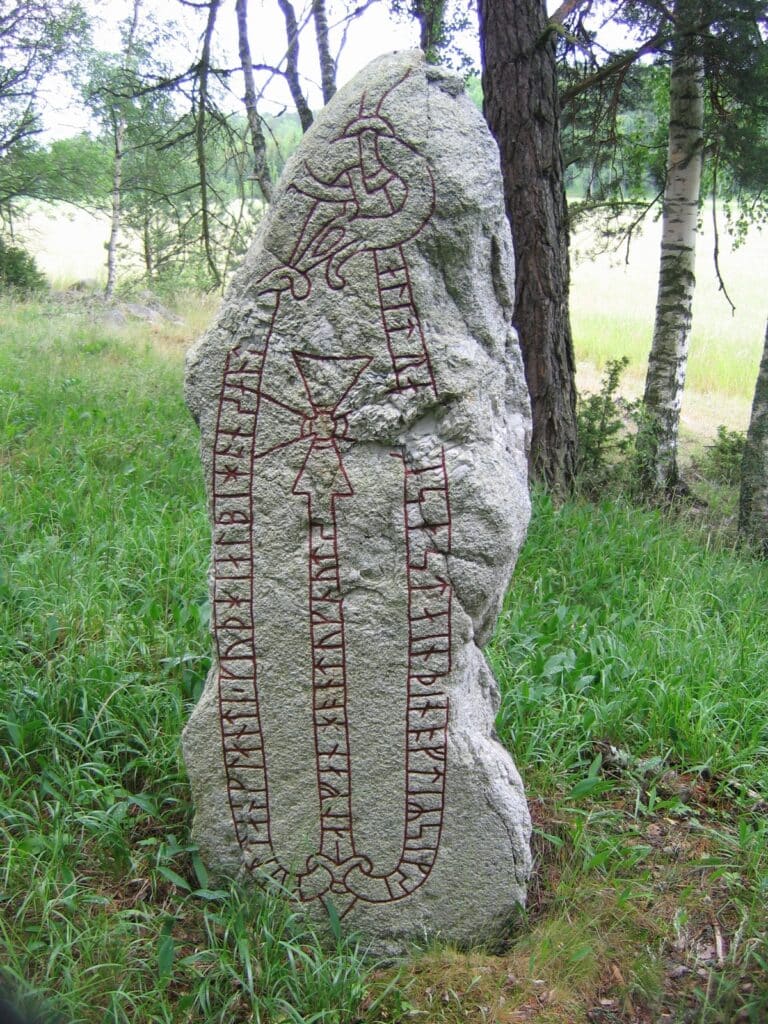
It is interesting to note the subtle change in form in the type of struggle taking place in England. This was no longer a matter of competing warbands conducting raiding purely for plunder. The conflict of Late Anglo-Saxon England was now dynastic – rival dynasties of Norse and Anglo-Saxon nobles competed for the crown of England. Thus, Harald Hardrada would not invade England as a raider – but as a putative conquering emperor.
The Claim of the Hard-Ruler
Harald Hardrada was already an old man in the summer of 1066 CE. In his prime, he had been a titanic figure, legendary across the known world. He had served in the Varangian Guard, the personal bodyguard of the Byzantine Emperor, rising to become its commander. He had fought, as both Varangian and mercenary, across the Mediterranean, in Eastern Europe and on the Continent. He had won the throne of Norway by conquest as a young man, forcing King Magnus to bend the knee and cede him co-rulership. His fierceness is captured in his nickname: harðráði, the ‘stern ruler’.
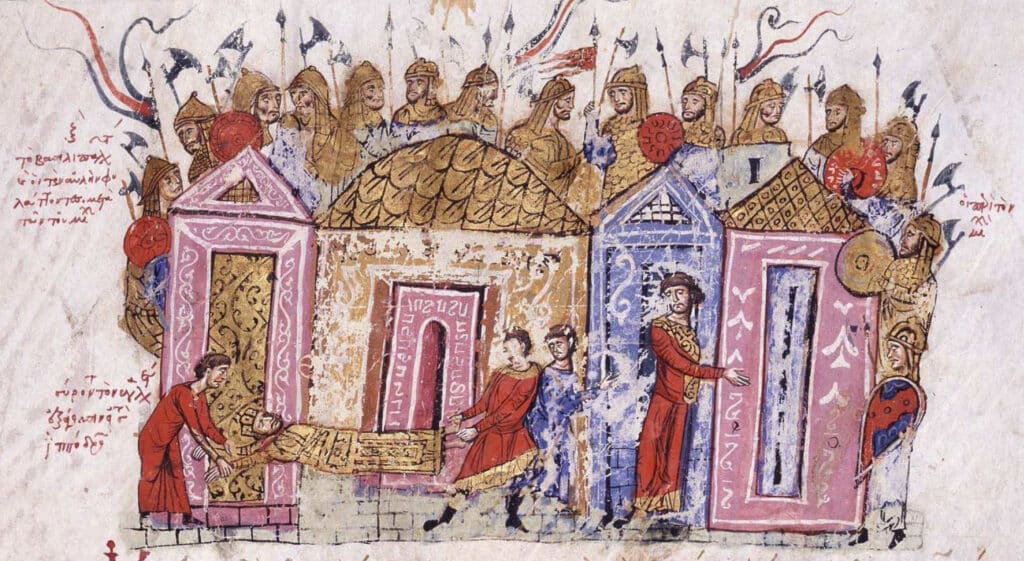
The North Sea Empire united briefly by Cnut had fragmented after his death, and whilst Hardrada had all but given up on the dream of uniting it once more, a new opportunity arrived at his court in the mid 1060s CE. Yet another dynastic crisis had befallen the unstable English kingdom, with King Edward the Confessor dying childless. This set Hardrada’s mind ticking. The other claimants to the throne were doubtless more convincing: Harold Godwinson claimed that King Edward had named him as his successor upon his deathbed; William the Bastard of Normandy was Edward’s first cousin and had the backing of the Pope. Harald’s own claim was tenuous: Cnut’s son Harthacnut had made an agreement with his co-King Magnus of Norway that whomever should survive the other would inherit the throne of England – and whilst Magnus had always been too busy with Scandinavian affairs to assert this claim, Hardrada had conquered him and thus inherited this claim. About as clear as mud.
But, what was clear was that there would be a showdown in England over which of the three claimants would claim the crown: might would make up for lack of right. Just as this crisis was coming to a head, Harold Godwinson’s half-brother Tostig arrived at Harald’s court in Norway. Tostig had been Earl of Northumbria some years before – but had been enormously unpopular and had thus been stripped of his lands and title. In the time since, he had become a drifter and a pirate. Seeking to reclaim his Northumbrian lands, Tostig presented himself to Harald as a beloved and popular leader, unjustly exiled by the Godwinson pretender and the corrupt Northumbrian nobles. As soon as his people saw him, said Tostig, they would rise up and lend their support to the glorious alliance of rightful Earl Tostig and rightful King Harald. Seduced by this promise of an uprising in his support, Hardrada girded his arms and summoned his Viking vassals. They were going to war.
A Barely Contested Landing
Hardrada assembled one of the largest Viking forces ever seen. It consisted of more than 8,000 men on almost 300 longships. Knowing that Harold Godwinson would be occupied in the South with the Duke of Normandy, Hardrada led a lightning raid on the Northumbrian town of Scarborough, burning the town, and sailing up the River Humber to land his enormous army far inland at Riccall on the River Ouse – only 10 miles (15km) from York. Scrambling to respond to this unexpected threat in the middle of their heartland, Hardrada was met in the field by a combined Northumbrian-Mercian army led by brother Earls Morcar and Edwin – but the Vikings far outclassed them in both numbers and ferocity, smashing them to pieces at the Battle of Fulford Gate on the 20th September.
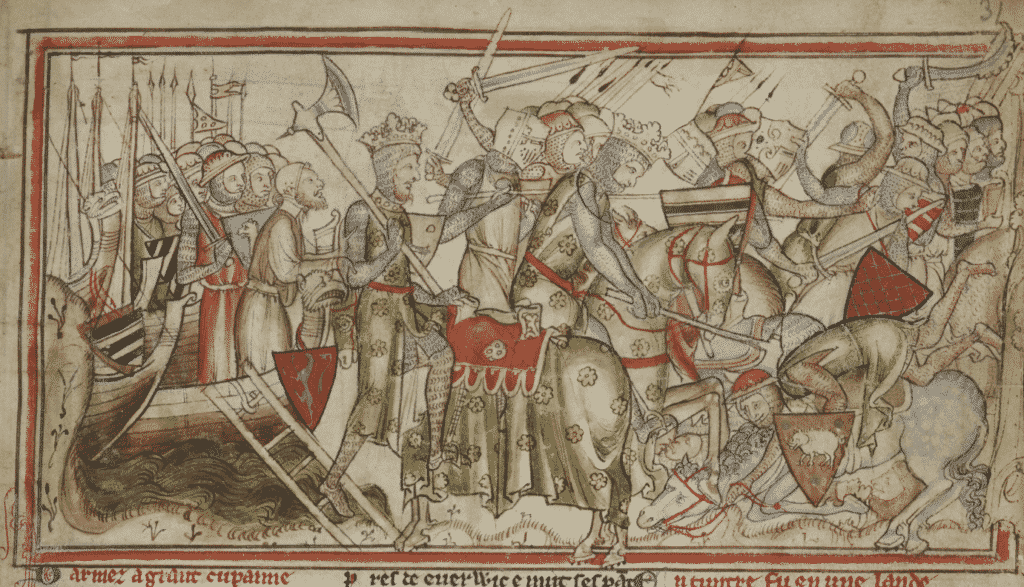
Harald Hardrada entered the City of York unopposed, the city elders surrendering to the Viking King in the hope that he would be merciful. Rather than laying waste to the city, Harald began unhurriedly setting up the city as his new capital: requisitioning food from the populace to feed his encamped army, feasting at the expense of the town aldermen, and taking his time for several days. Tostig, it is said, personally selected prisoners from the families of the conquered Northumbrian nobles – and it has to be asked whether the penny began to drop for Harald when the nobles treated Tostig with complete contempt.
What’s That Coming Over the Hill, Is It a Saxon? Is it a Saxon?
Several days later, on the 25th September, Harald and a contingent of about two-thirds of his army set out to the bridge over the River Derwent at Stamford. This excursion likely had two purposes: to collect more hostages from local nobles, and probably to set up a permanent encampment to control the river crossing. But regardless, Harald expected no resistance from the cowed English population, and thus permitted most of his warriors to go unarmored. He even left his own legendary maille-shirt named ‘Emma’ with the ships at Riccall. His forces were now split across Northumbria: an excursion to Stamford Bridge, and a force defending the boats on the River Ouse.
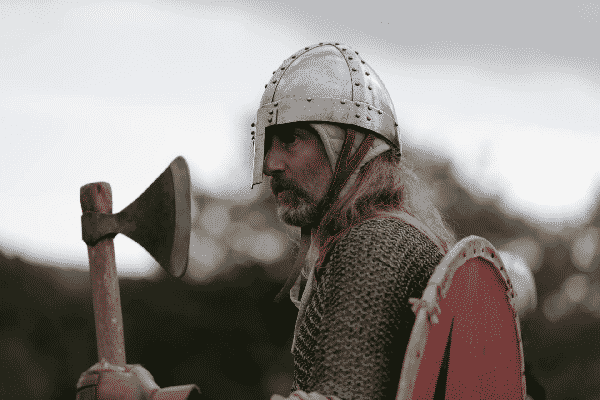
Instead of a handful of supplicant farmers, the unprepared Vikings were met by an exhausted, mud-spattered, but extremely angry Anglo-Saxon fyrd more than 10,000 strong, led by Harold Godwinson and his fearsome huscarls. Unbeknownst to Hardrada, the Anglo-Saxon claimant had received swift riders telling of the Norse invasion, and, in a nearly-impossible decision, had decided that the current invasion of Vikings was a bigger issue than the expected invasion of Normans. Whilst Hardrada been leisurely surveying his new Northumbrian seat, Harold executed one of the greatest feats of Early Medieval logistics. He marched his Southern fyrd north over 185 miles in only four days, using requisitioned horses and sheer bloody-mindedness to arrive at the gates of York on the morning of the 25th. Upon hearing that the Vikings were assembling at Stamford Bridge, Harold simply marched straight through the city, catching the Vikings completely unawares – after the defeat of Morcar and Edwin at Fulford, Harald and Tostig did not even know that there was another Saxon army in the Kingdom, let alone that it was over the next hill; the very first they would have known of it would have been the sound of hooves, the glittering of spears and the rising dust cloud from many exhausted feet.
Slaughter at Stamford Bridge
The Vikings found themselves spread out on either side of the bridge, in a rare and powerful battle configuration known as the ‘picnic formation’. Hastily scrambling to their feet, unarmored (and probably quite tipsy) Vikings grabbed what weapons they had brought and closed around their King. A rider from the Saxon army came forth, and he asked which of them was Tostig, the half-brother of the rightful King. When Tostig identified himself, he was offered leniency if he surrendered. With breathtaking gall, he asked ‘What shall my friend King Harald receive?’ and according to the Anglo-Saxon Chronicle, the rider replied ‘He is taller than most – so seven feet of English ground’. Tostig, at least, had enough honor left to refuse the offer of clemency. There was to be no Danegeld on offer today. Clearly, this was to be a fight to the death.
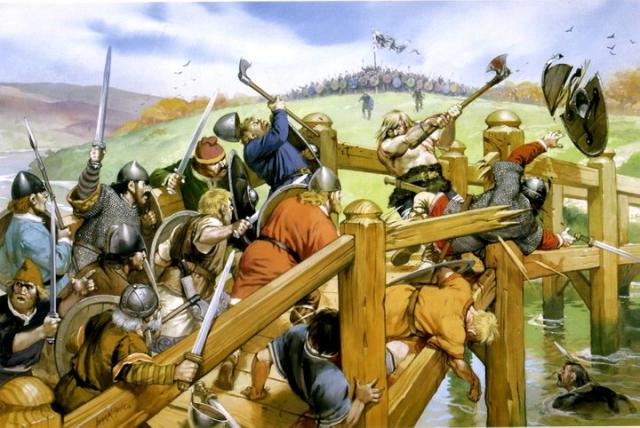
Though the Vikings were totally unprepared, they were nevertheless a devastating adversary. The Saxon cavalry fell upon the Viking shield wall, but failed to break it. In a fighting retreat, the Vikings crossed the bridge – the Chronicle tells of a single Viking warrior wielding an enormous Dane-axe who held the narrow bridge against the entire Saxon army, killing all who attempted to cross. He was only slain when a Saxon warrior swam under the bridge and skewered him from below with a spear.
Holding out in the forlorn hope of relief from the Vikings who had stayed with the ships, the battle dragged on into the late afternoon. Hardrada’s son-in-law arrived too late with a scant few thousand warriors from the ships who had marched all day in the heat in full armor, and who are recorded as collapsing dead with heatstroke on the battlefield. As dusk fell, thousands of Norsemen were dead and wounded upon the meadows either side of the bridge, and thousands more were scattered into the Northumbrian wilds, harried by Harold’s cavalry. The Norsemen were utterly shattered. Only twenty-four ships returned to Norway, out of almost three hundred that had set out. Among the dead were both Harold’s disgraced half-brother Tostig, and King Harald Hardrada of Norway – ending the dynastic claim of the Norse over England for good.
The Hubris of the Viking King
Often when we look at the last Viking invasion, we are left asking – how did it come to this? How did King Harald Hardrada, a legendary Viking warlord who held the world in the palm of his hand, end up unarmored and slaughtered in an English water-meadow? Partly, the answer is – Hardrada was old. He was fifty-one in 1066 CE, having fought dozens of battles over four decades. His decision-making capabilities were likely not as sharp as they had once been, the legacy of countless head injuries and concussions. But a significant part of the blame has to fall on the cynical adventurism of Godwinson’s younger brother: Hardrada was flattered and misled by the fast-talking Tostig, the snake-oil salesman who portrayed himself as the ousted hero of Northumbria, able to call upon the loyalty of his people. Perhaps worst of all, Hardrada underestimated the considerable ingenuity and resources of the Anglo-Saxon leadership: when he landed in Northumbria, his easy victory at Fulford seemed to confirm all of his assumptions, leading to slothful movements and sloppy strategic decisions, believing that the Saxons were incapable of any logistical feats. Yes, Harold Godwinson’s spectacular march was a marvel – but some simple caution and basic preparations could have given Hardrada a significant edge over the exhausted Saxons.
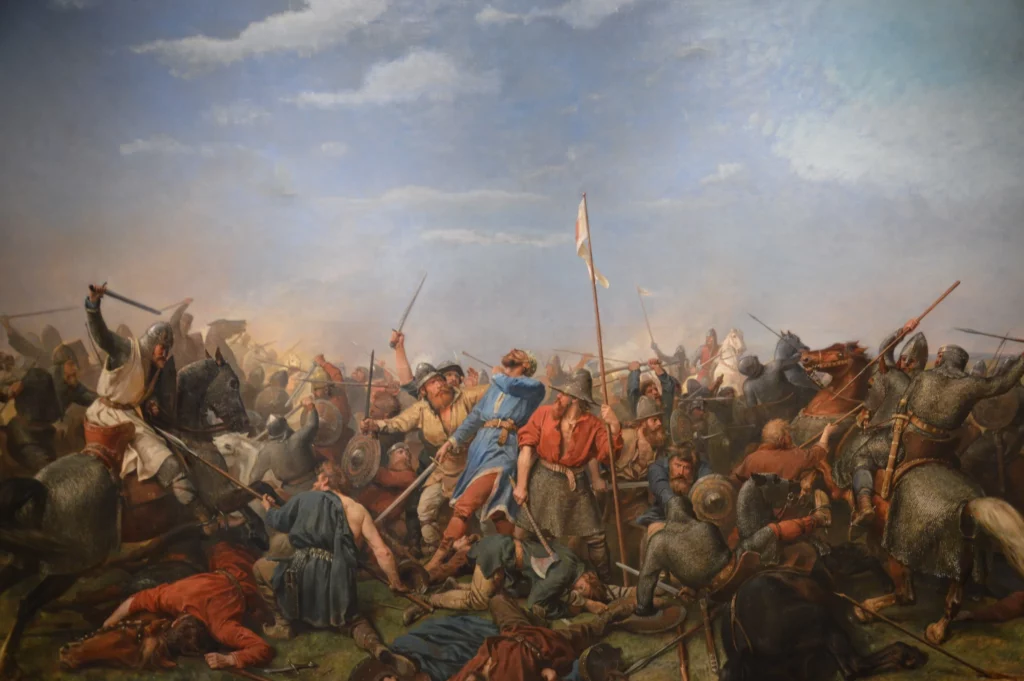
As it was, Harald Hardrada became a kingmaker of a different sort: his defeat the hands of Harold Godwinson gave every advantage to the Norman Duke, William the Bastard, who heard of Harold’s hurried march northward, and seized the window of opportunity to cross the Channel. Only three short weeks later, Harold’s depleted forces would meet the chivalric army of Normandy on the field of Hastings – and England would have a new Conqueror. Never again would the Vikings threaten the coasts of England. The Viking Age was at an end.

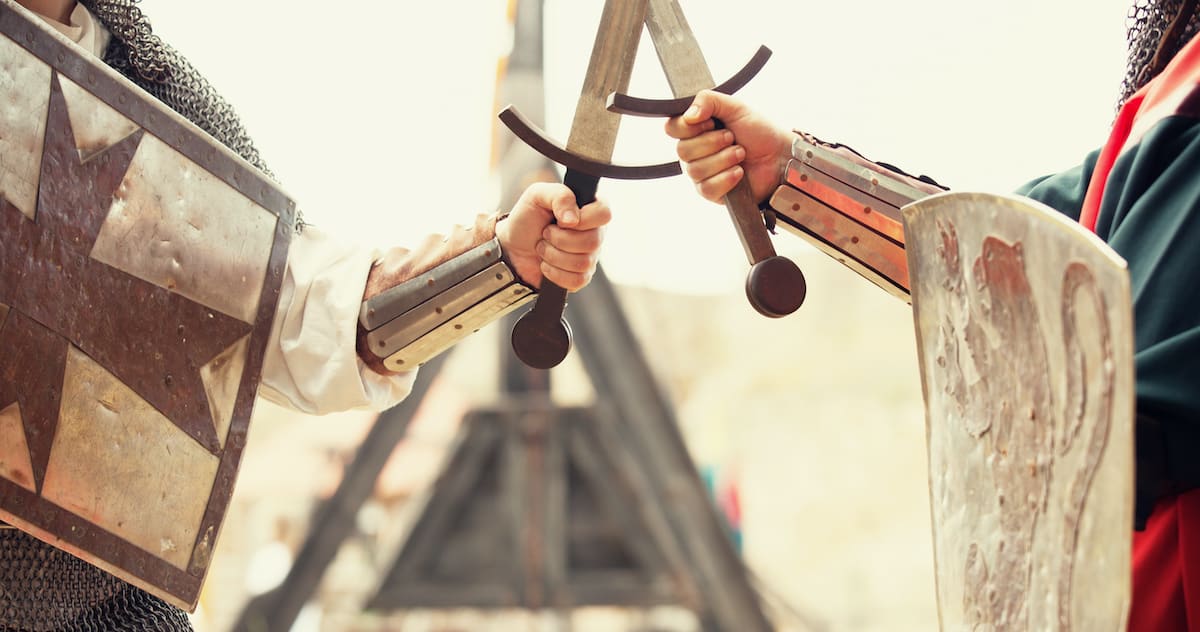 Historical Swords
Historical Swords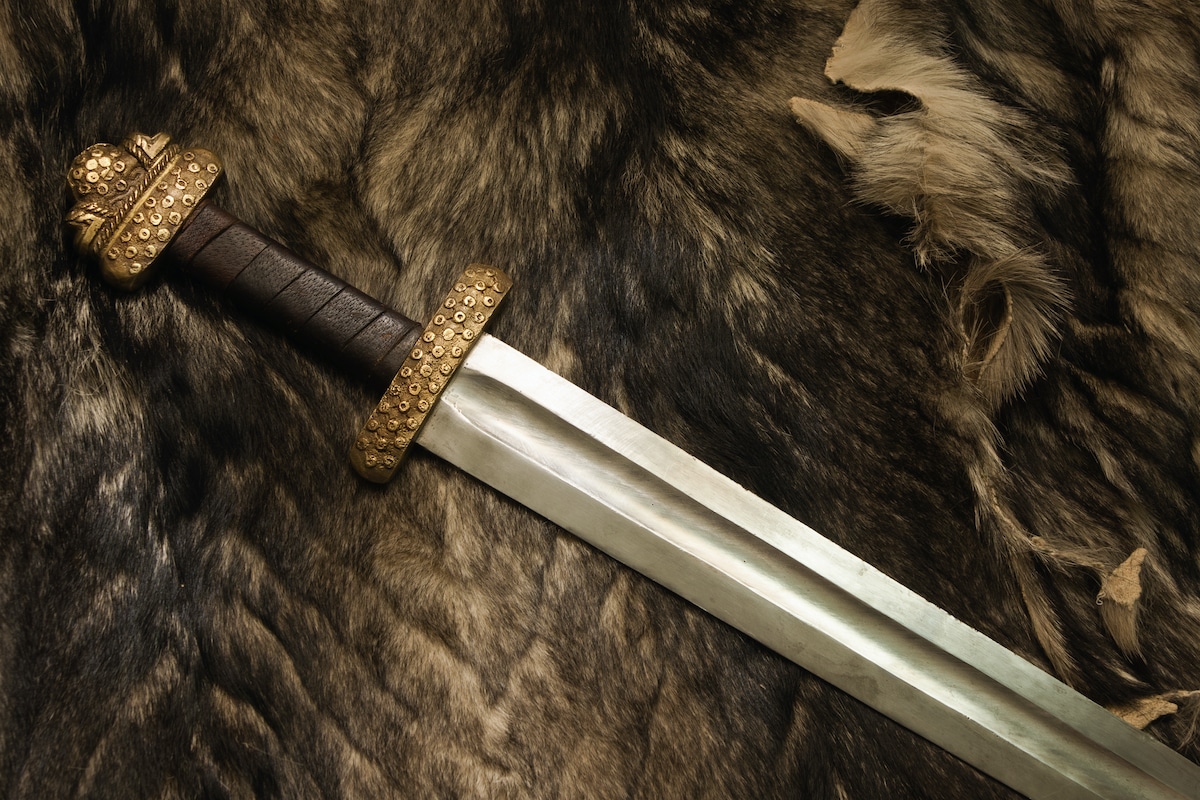 Norse & Viking Swords
Norse & Viking Swords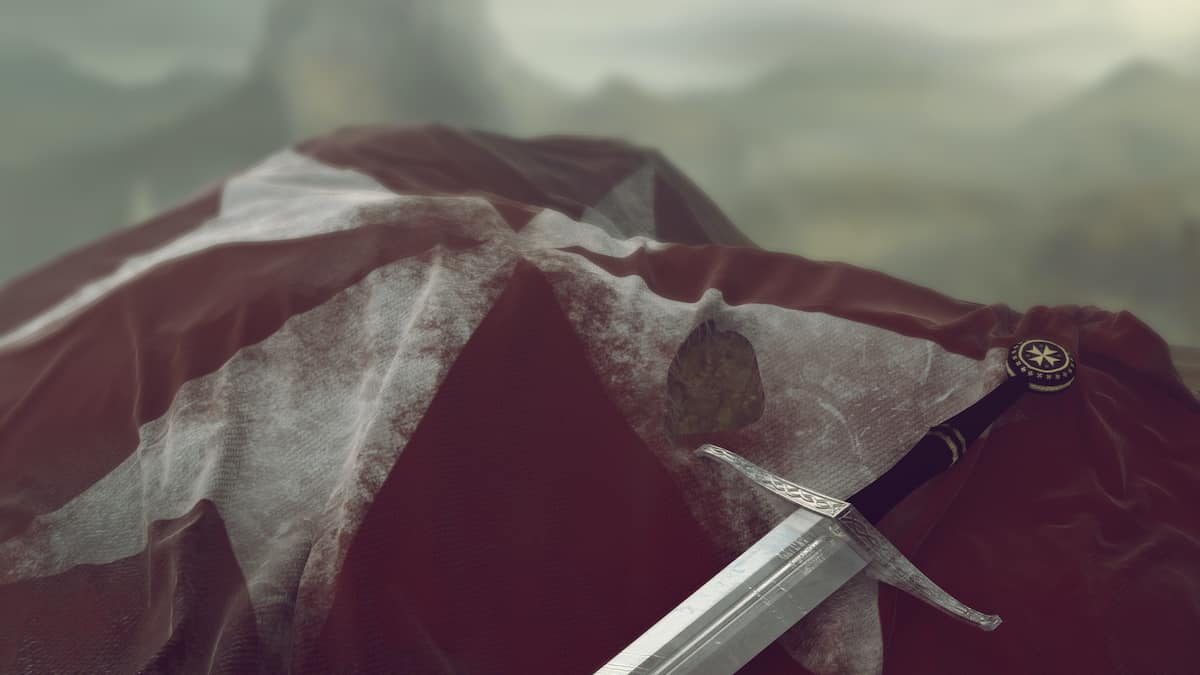 Templar Swords
Templar Swords Claymore Swords
Claymore Swords Fantasy Swords
Fantasy Swords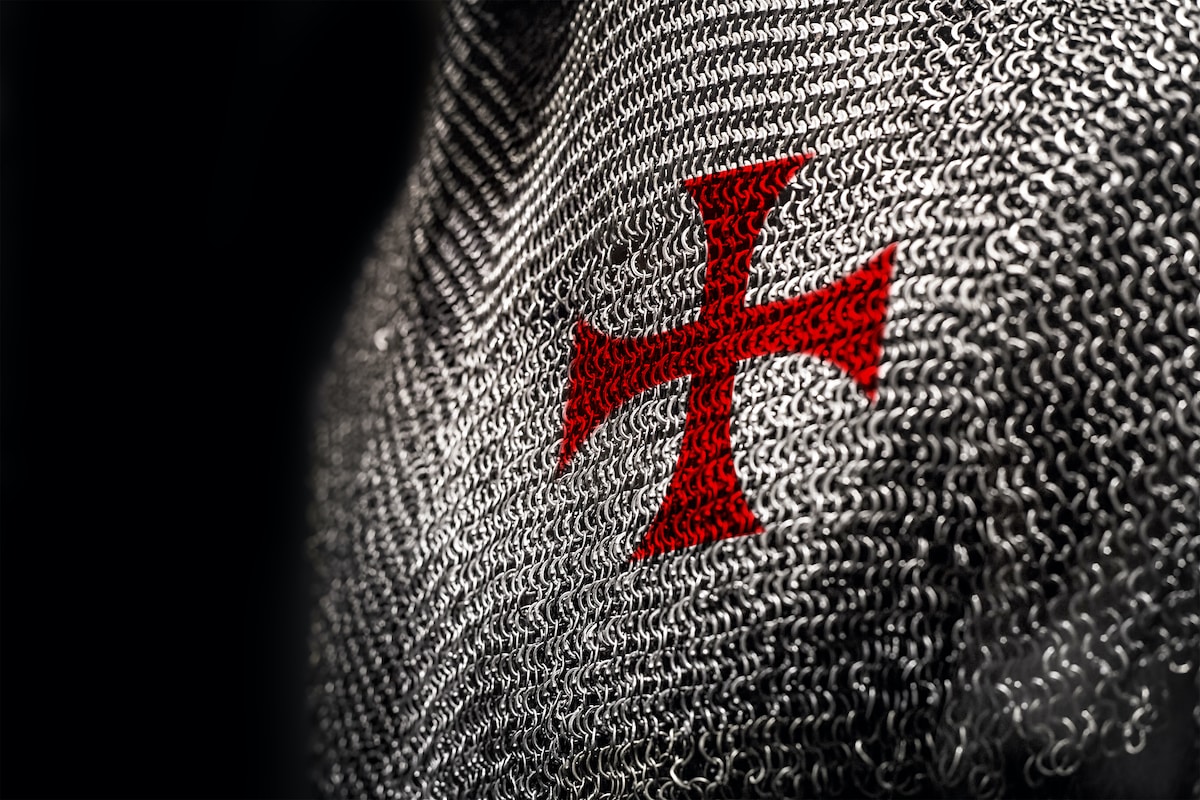 Chainmail
Chainmail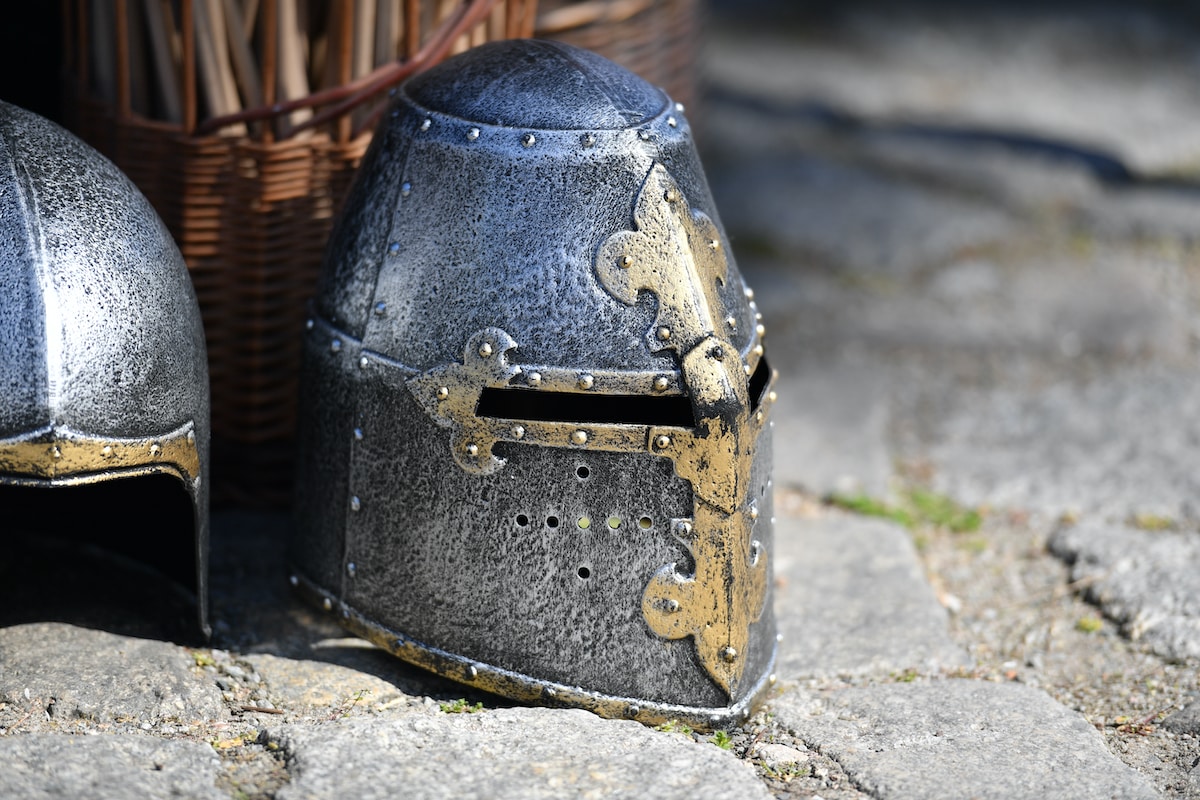 Helmets
Helmets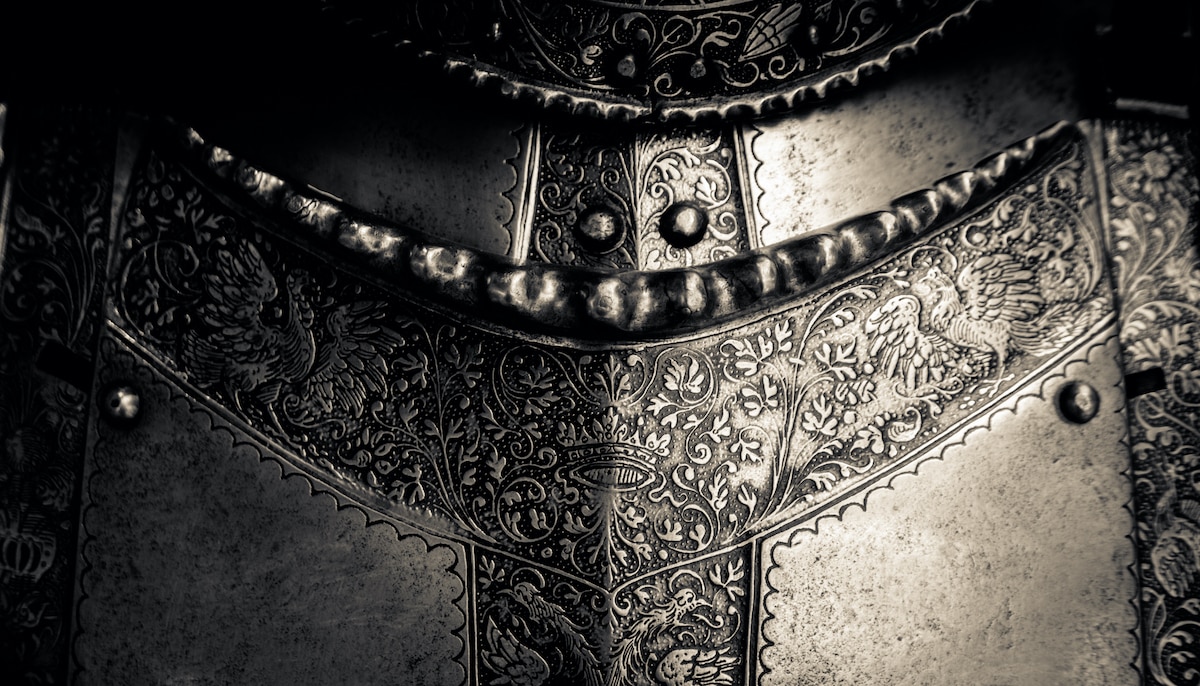 Torso Armor
Torso Armor Bracers and Arm Protection
Bracers and Arm Protection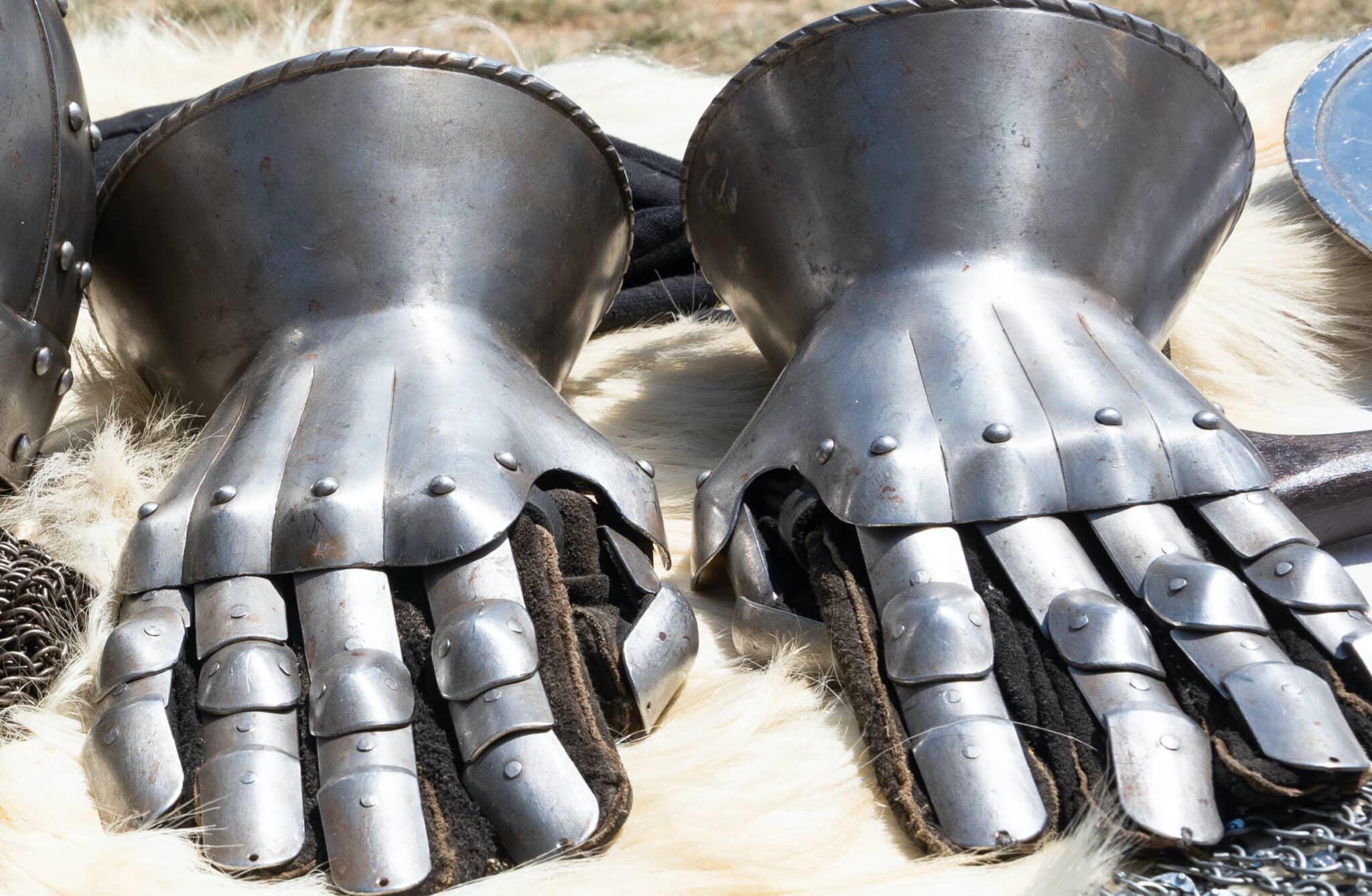 Gauntlets
Gauntlets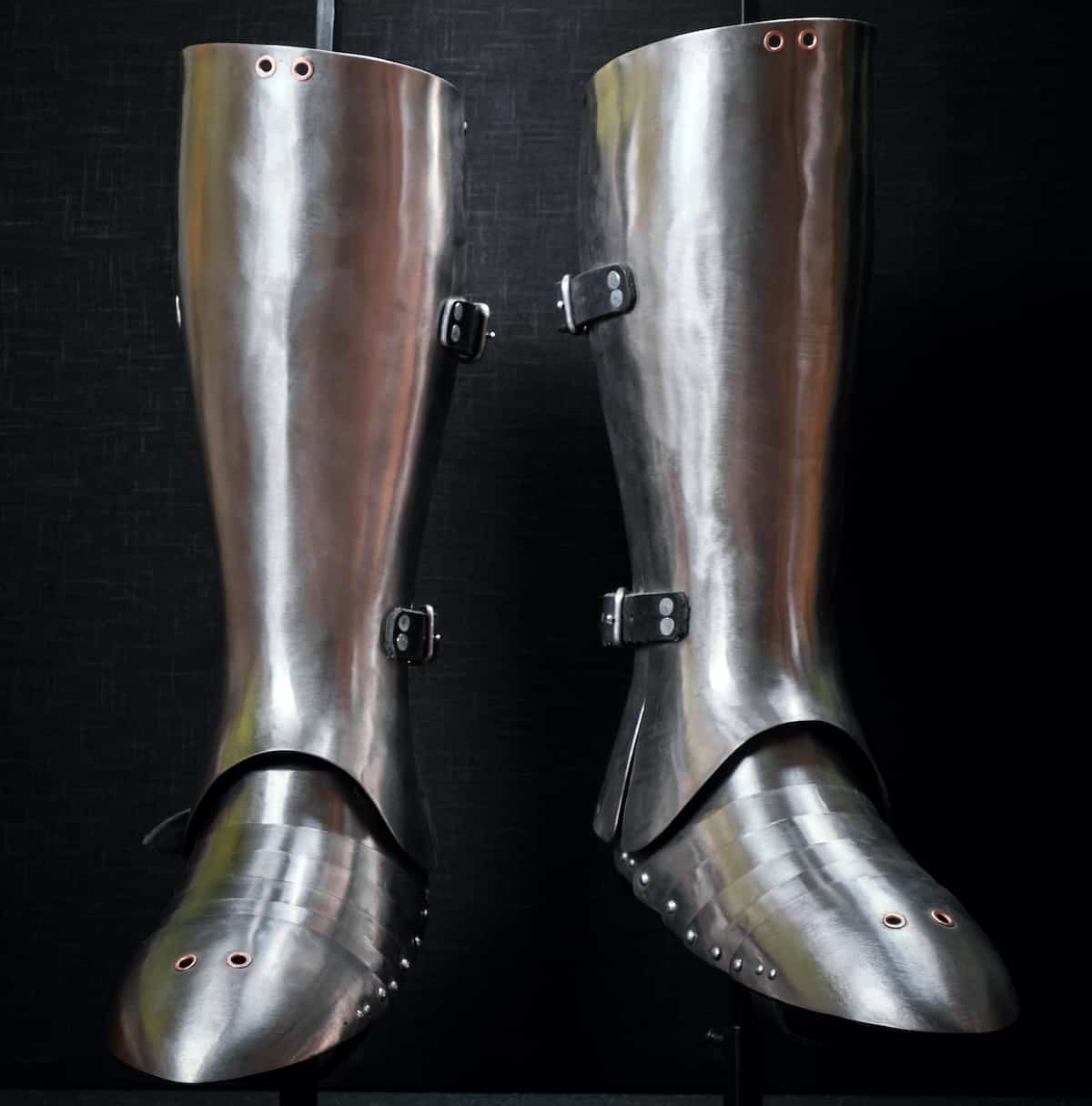 Leg Armor
Leg Armor Cloaks
Cloaks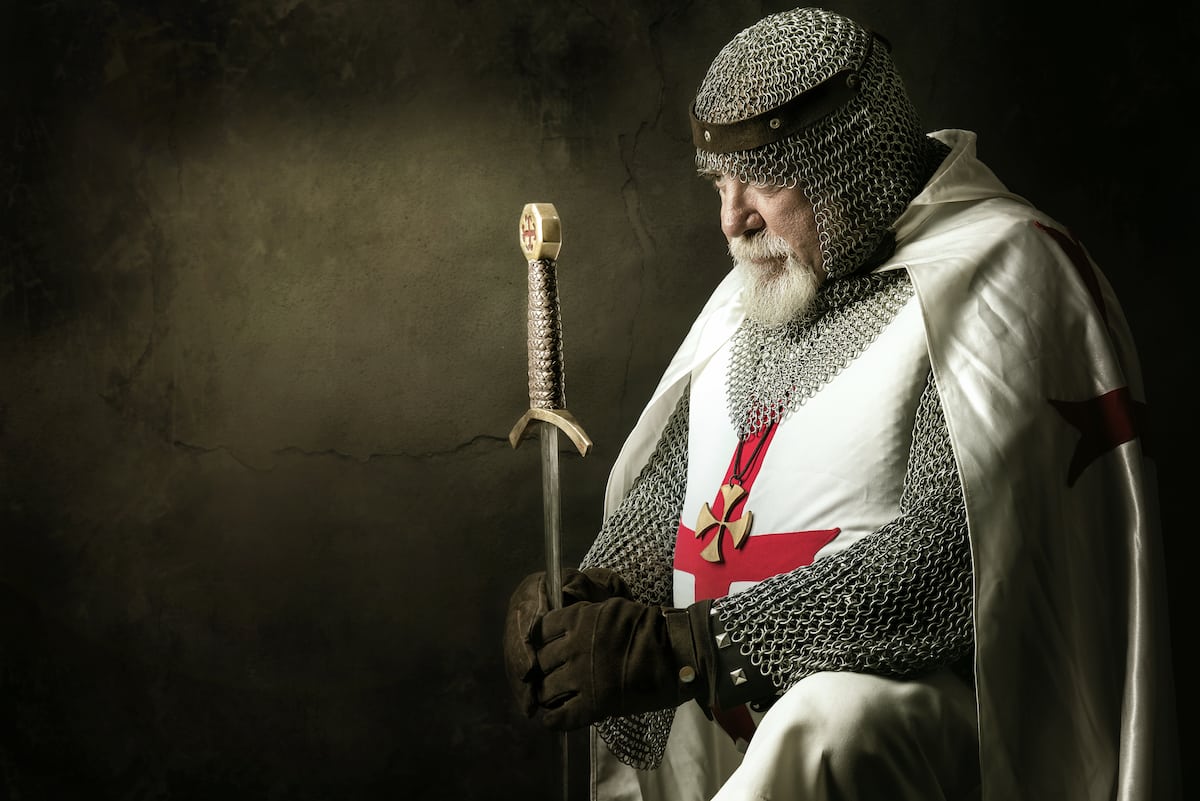 Tabards
Tabards Shirts
Shirts Tunics
Tunics Dresses
Dresses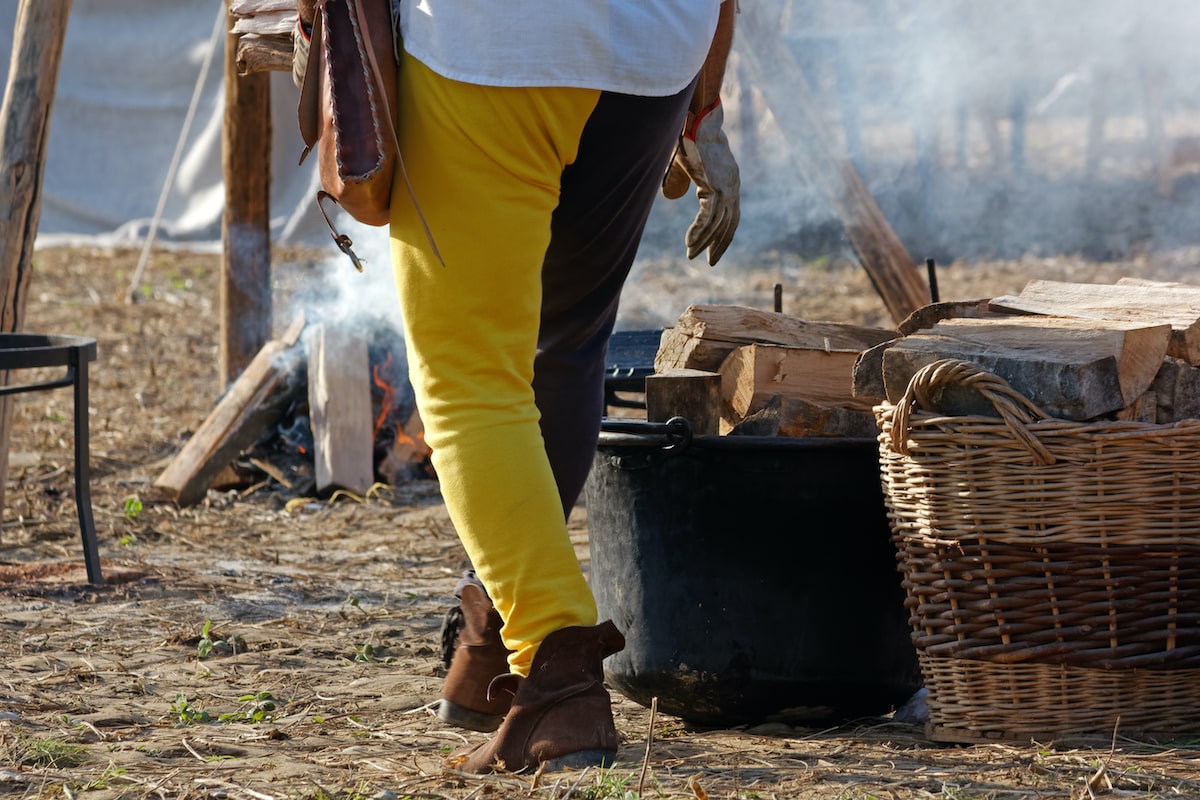 Pants
Pants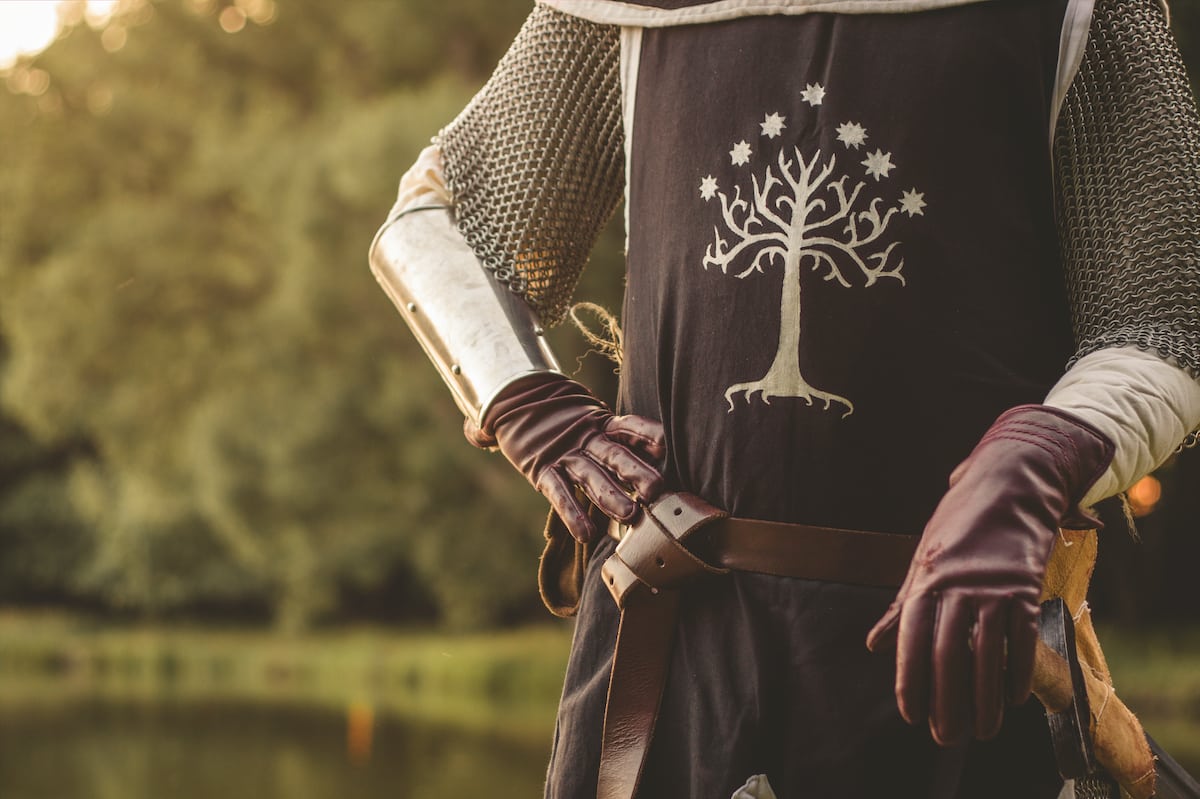 Gloves
Gloves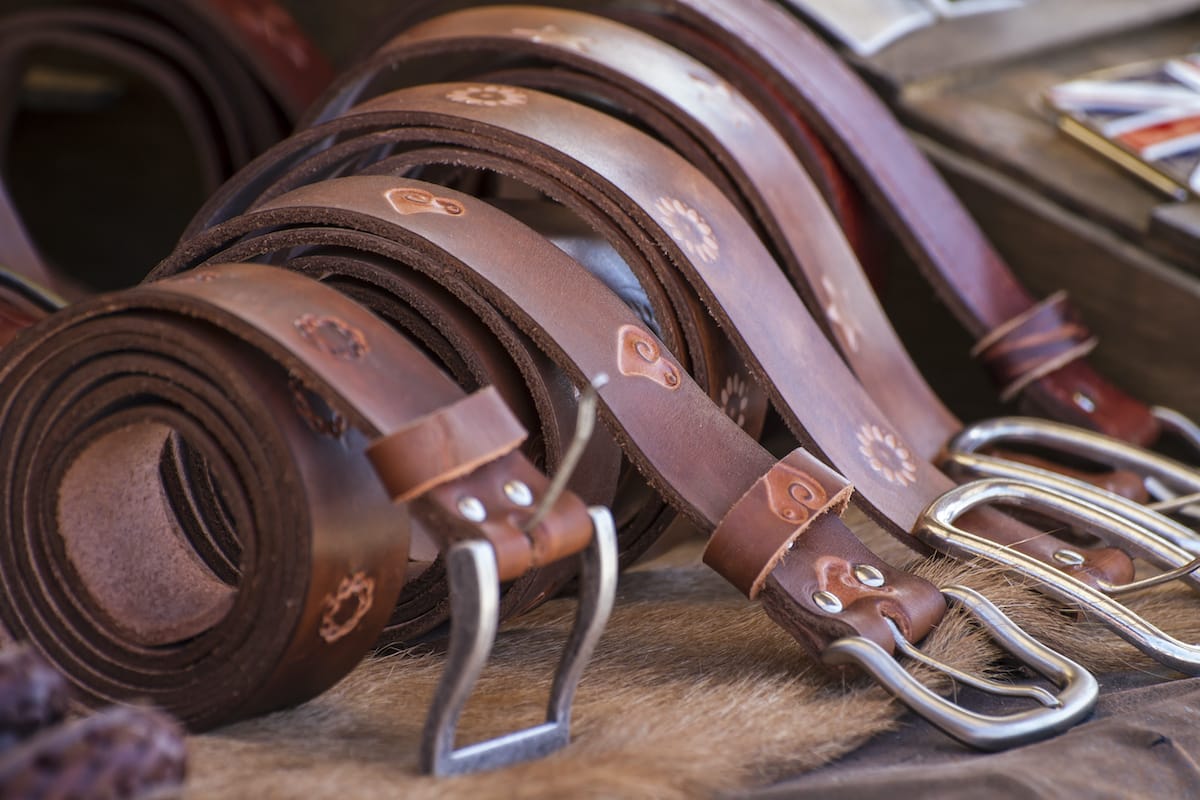 Belts
Belts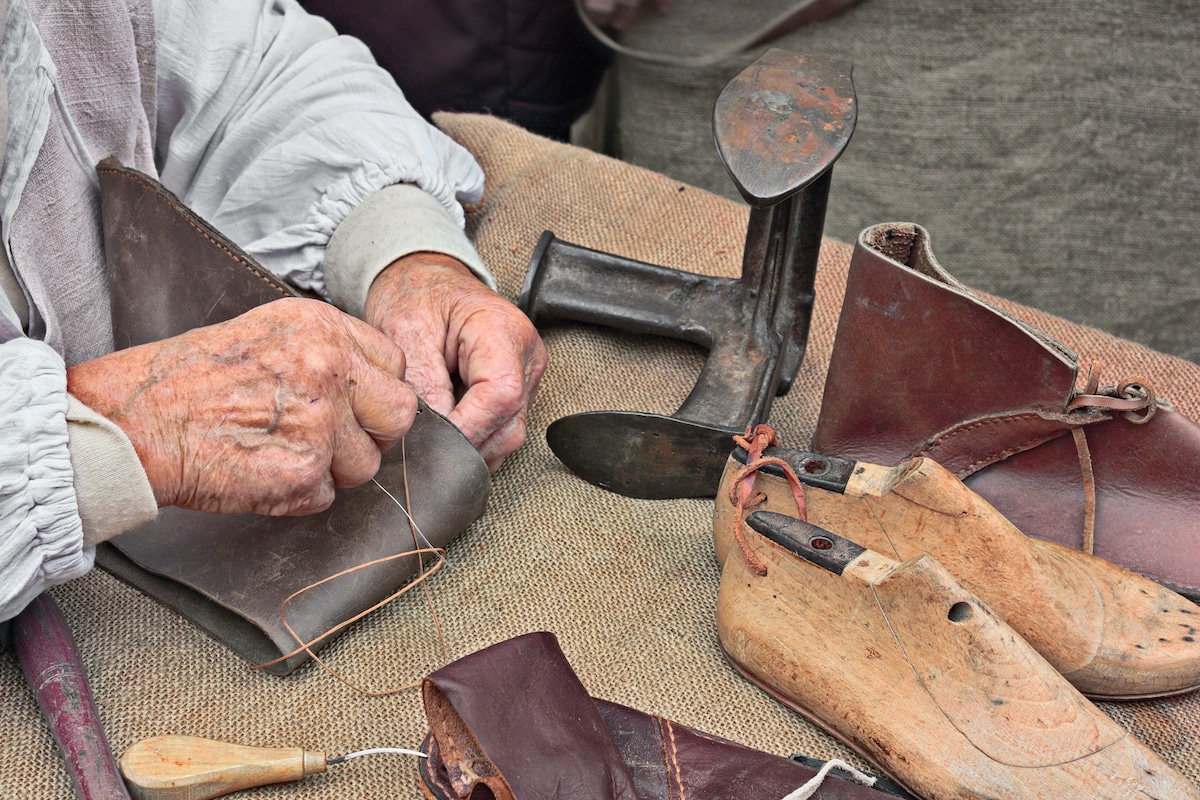 Shoes
Shoes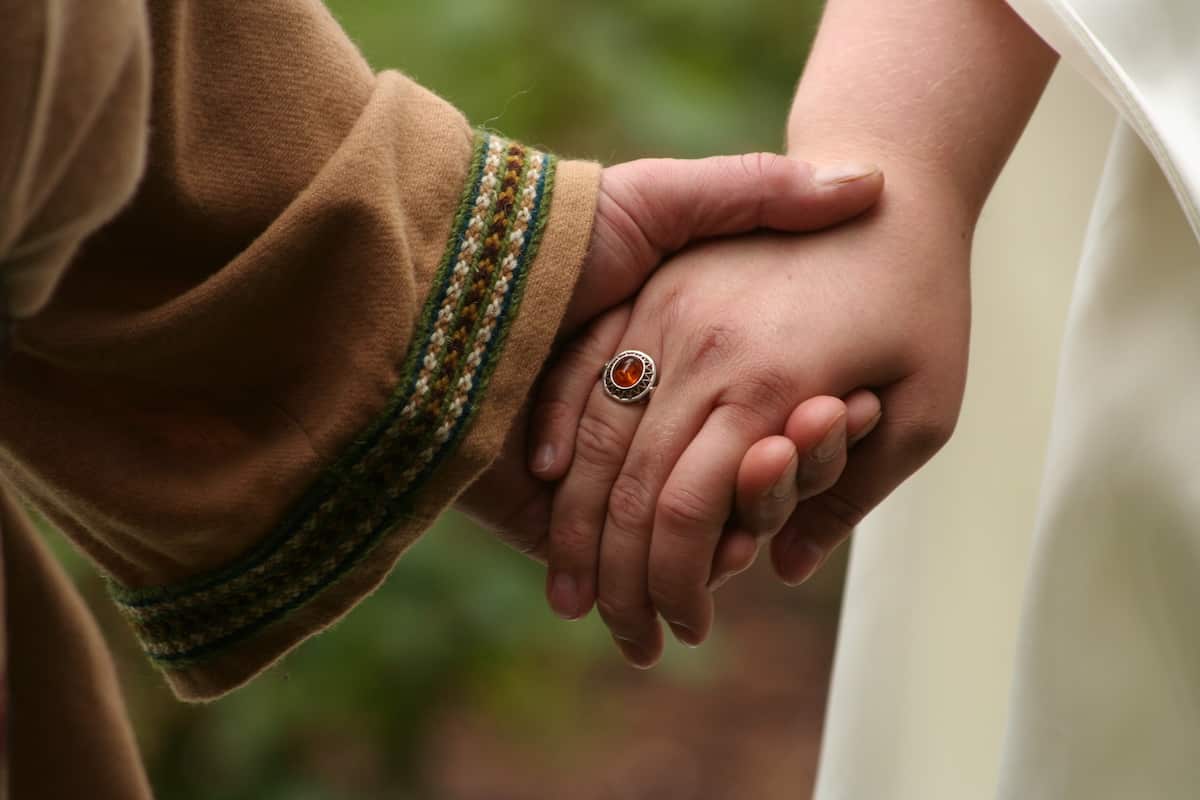 Rings
Rings Necklaces & Pendants
Necklaces & Pendants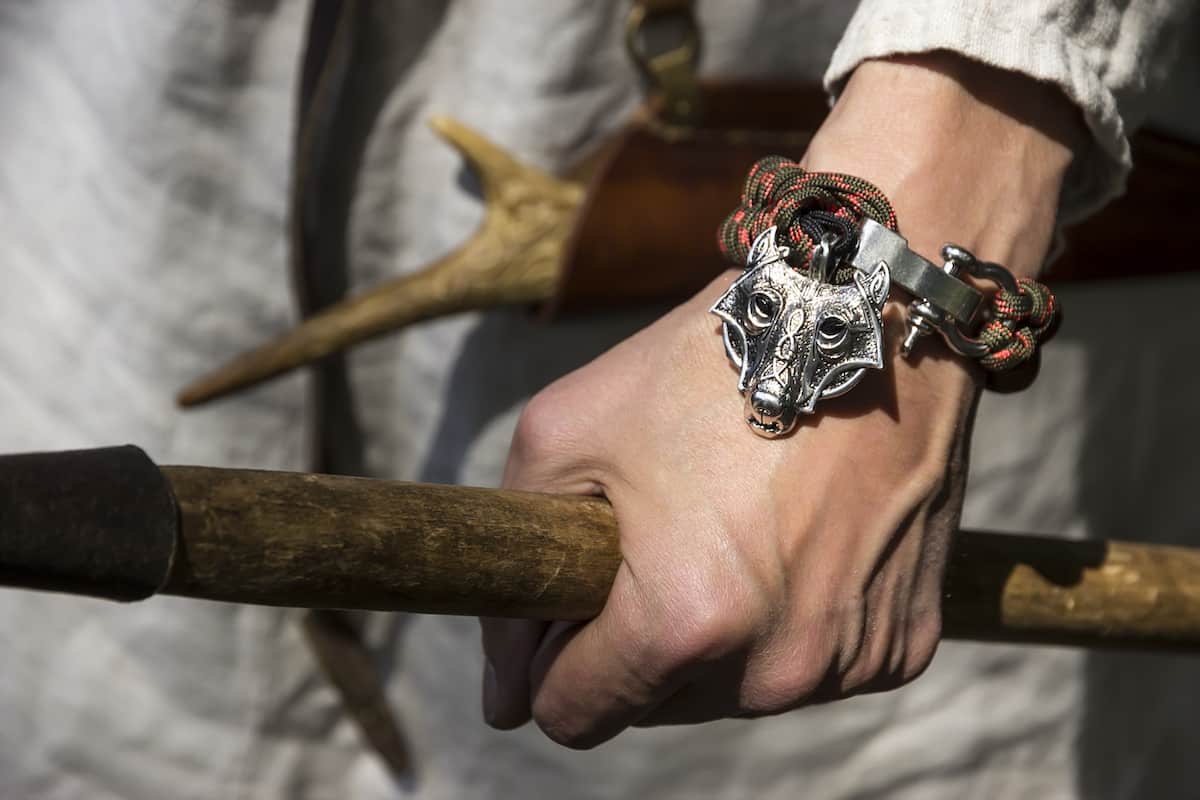 Bracelets
Bracelets


